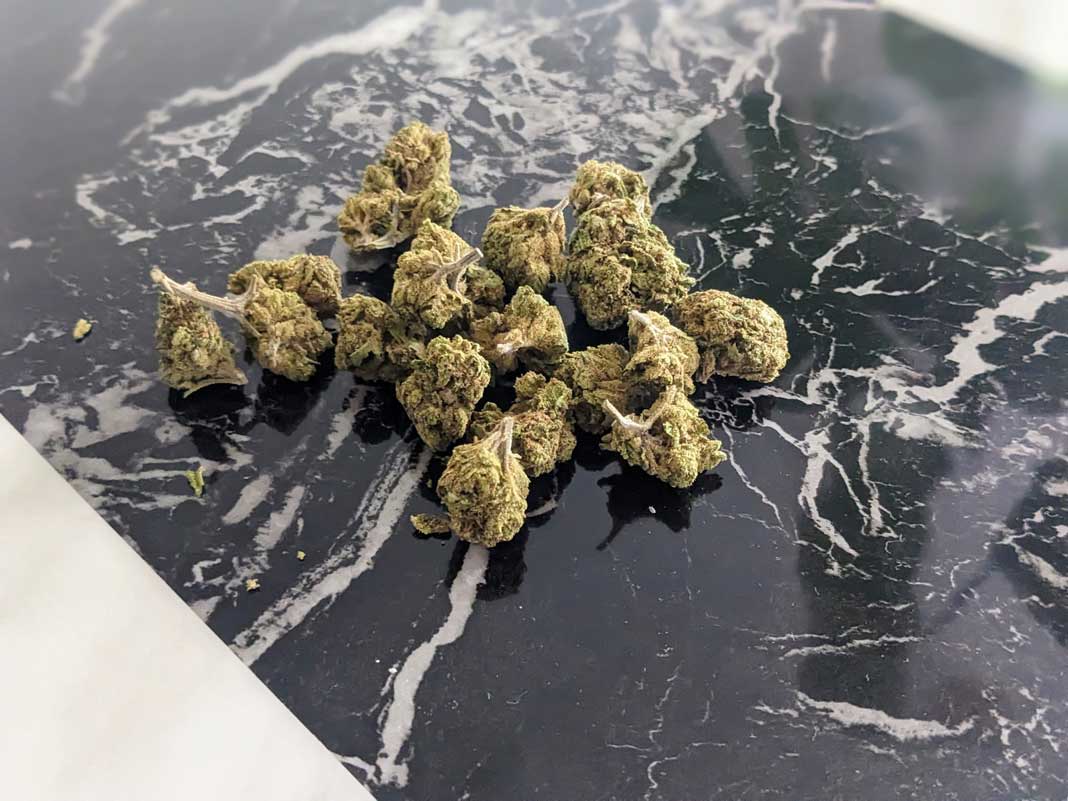Whether you’re a journalist working on a news article around CBD, a first time user or just someone who wants to enhance their knowledge on the subject, there are a number of facts around CBD that are worth learning. I’ve tried to highlight the most important below:
- CBD is a cannabinoid derived from the cannabis plant.
- CBD stands for cannabidiol.
- CBD brands cannot talk about the potential benefits due to legislation marking them as a novel food supplement rather than medical.
- CBD is completely legal, but it must come from hemp. The illegal cannabinoid (depending on quantity) is THC, which is psychoactive, meaning it gets you high.
- THC can be no higher than 0.2% in the UK. You can find out here the legal limits on THC in each country.
- There are approximately 113 cannabinoids, of which cannabidiol is just one. Many are expecting to see a rise in the usage and products based around CBN and CBG in the near future. I talk about the usage and recommendations around various other cannabinoids here.
- CBD often works better when combined with other cannabinoids, known as the entourage effect. You can learn here more about the difference between full spectrum CBD oil and CBD isolate.
- CBD was first discovered and isolated in 1940 by Dr Roger Adams, while part of the University of Illinois research team.
- CBD cannot be sold on Amazon or eBay, while it also cannot be advertised on Google ads or Facebook ads, making it a difficult area for CBD brands to build out their sales funnel. You also cannot sell CBD via PayPal.
- CBD cannot get you high. As I previously mentioned, this is the THC cannabinoid, therefore you don’t have to worry about getting high after sublingual consumption. Technically speaking, CBD is psychoactive, in the way it affects the mind and mental processes, but it isn’t intoxicating.
- The most common extraction method used by CBD brands is via pressurised CO2 extraction, which helps to remove the phytochemicals. You do however have some brands using cheaper chemicals such as butane or ethanol. Another method is through steam.
- Taking CBD with THC can help to minimise the negative effects of THC rather than if you took it on its own.
- While we’ve explained that the CBD we get in our oils in shops or e-commerce sites are derived from hemp plants, these are the exact same compound as the marijuana derived CBD.
- There are various strains of cannabis, which can all contain different levels of the various cannabinoids, which is why many are growing cannabis with high levels of CBD, thanks to crossbreeding.
- It is believed that the CBD industry will be worth 1 billion pounds by 2025.
- The body actually produces cannabinoids, known as endocannabinoids. If they come from plants then they are called phytocannabinoids.
- CBD interacts with the endocannabinoid system, which is a molecular system comprised of endocannabinoids, cannabinoid receptors and enzymes. The CBD interacts with the CB1 receptors, however they don’t bind.
- Long gone are the days where CBD oil was the only consumption method available. Nowadays you can try gummies, coffee, tea, topical creams and lotions, chocolates, vaping and powder.
- If you suffer from a cannabinoid deficiency, then you might benefit from supplementing with CBD oil.
- Hemp was believed to have first been used in China around the Neolithic age, which began around 12,000 years ago. There are then cases around 2727BC where they were believed to be used by the Chinese emporer for medical purposes.
- In the 19th century, marijuana was largely recommended by doctors to help treat menstrual problems and was famously used regularly by Queen Victoria.
- Approximately 75% of CBD brands from the USA and Europe are owned and run by female entrepreneurs.



